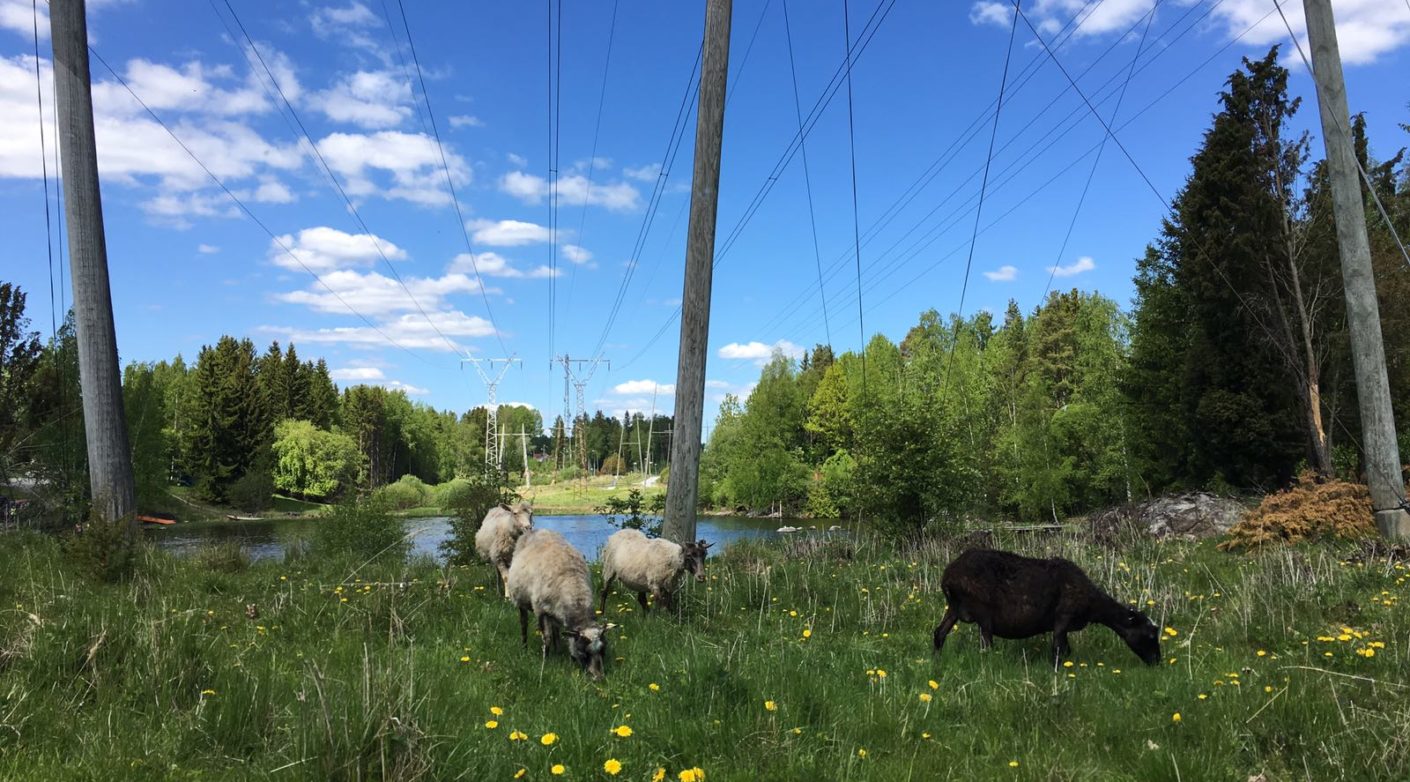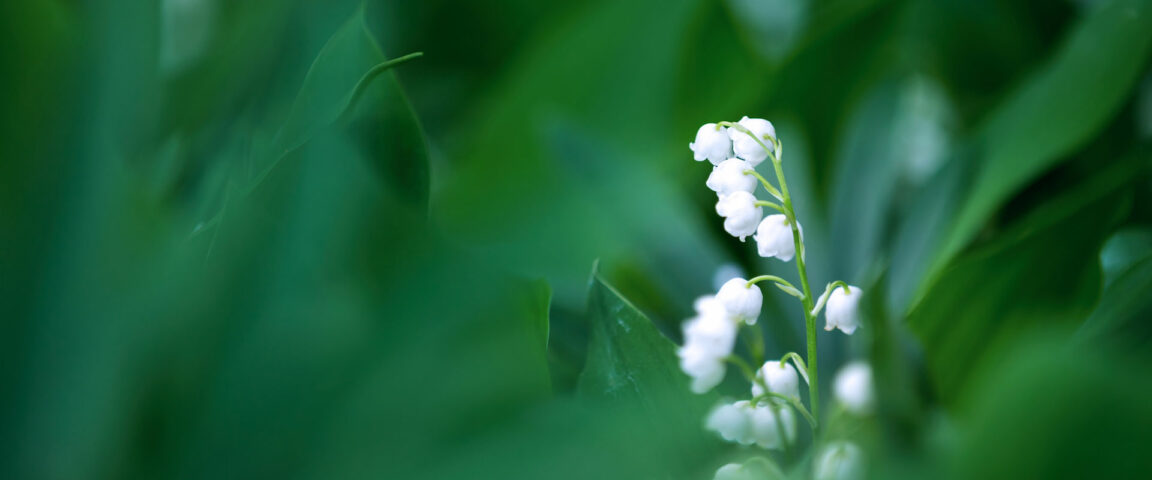Sustainable land use protects nature
When planning the construction of an electricity network or the dismantling of an old network, we always carefully consider the conservation of nature. This enables us to contribute to a diverse and rich environment without putting endangered plant and animal species at risk.
To help with planning, we use a location data system, which shows valuable natural areas, such as traditional biotopes, conservation areas, historical sites and museum areas. We use this data to plan the routes of our electricity networks with due consideration for nature, the environment and the cultural environment. Environmental factors are a constant companion during the construction of an electricity network.
Life in line corridors
The line corridors around electricity networks provide habitats for species that do well in open, sunny areas. Especially traditional biotopes, such as leas and meadows, thrive in line corridors, where the regular clearance is reminiscent of traditional agricultural mowing and ensures a favourable habitat. Line corridors are cleared every 4–8 years, depending on the voltage level of the electricity network.
Some endangered species, such as ringlets and woodlarks, have found sanctuary in the areas underneath overhead lines. Some of our line corridors belong to the Natura 2000 network, which represents valuable habitat types protected by the EU. We take the Natura 2000 areas into account already at the early stages of planning the underground cable system. We steer clear of conservation areas and plan the routes of our underground cables to avoid them as much as possible.
Protecting swans in cooperation with BirdLife
We cooperate with local residents, bird-watchers and BirdLife Finland to protect our national bird, the whooper swan. Outside cities and urban areas, the electricity network comprises overhead lines, which may be hazardous, especially in the take-off and landing areas of swans. We try to prevent collisions by installing flashing alarms on the power lines. Birds notice them and steer clear of the power lines. We install hundreds of alarms each year and, through cooperation, the number in our network has been increased to over 3,000.

Sheep look after the undergrowth
In summer time, sheep graze on Luoto island in Nokia, looking after the undergrowth beneath the power lines. Over the years, the sheep have helped clear the landscape on the island and diversify the species in the meadows. This summer job for sheep is a joint project of Elenia, Fingrid, the City of Nokia and the parishes of Tampere. The goal is to promote the diversity of natural meadows. Luoto island is part of the Lumolaidun project run by ProAgria, which highlights the importance of the diversity of nature in an agricultural environment.
Underground cabling frees land for other uses
We are constantly replacing our old electricity network with a weatherproof network to meet future requirements. Each year, over 700 hectares of land is freed from under decommissioned overhead lines – the equivalent of nearly 900 football pitches. We use co-construction to improve the efficiency of earthwork. When laying down underground cables, the same excavation can also fit in street light cables or optical fibre cables.
Protecting groundwater by maintaining and replacing the electricity network
We protect groundwater by monitoring the condition of distribution substations and removing old column transformers from the network when laying down underground cabling. To prevent potential oil spills, we inspect approximately 1,500 substations located in groundwater areas on an annual basis. As the replacement of the electricity network progresses, old pole-mounted transformers are constantly decommissioned. In conjunction with underground cabling, old pole-mounted transformers are replaced with new kiosk-style secondary substations with leak basins to prevent oil spill.
Switch to e-invoicing and we’ll plant a tree for you
We encourage our customers to switch to electronic invoices by planting a tree for each new e-invoicing contract. We have already planted tens of thousands of saplings. Our partners include 4H Finland and the Taimiteko project. The trees are planted in previous line corridors where the overhead lines have been dismantled.
In addition to electronic invoicing, we encourage our customers to use electronic signatures. For example, landowners sign approximately 20,000 land use permits each year. The more contracts are signed electronically, the lighter the environmental burden, thanks to a reduction in paper consumption and posting.
